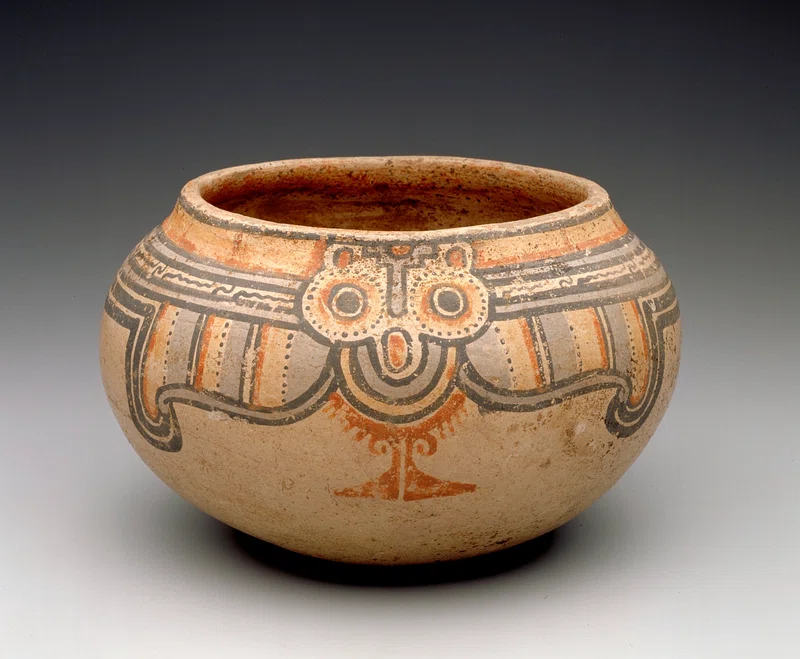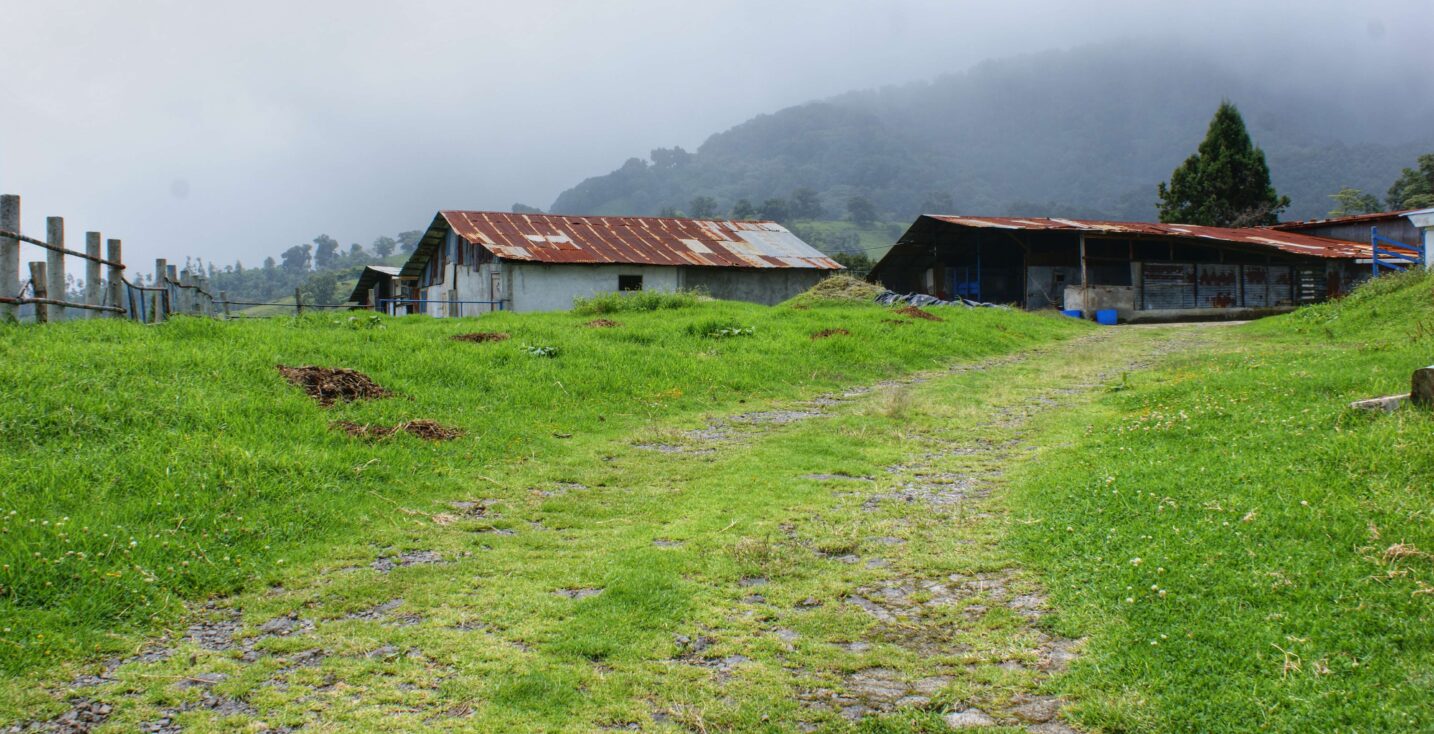Known worldwide as one of the best grains in the whole world, the Central American nation has once again received prestigious accolades.
The immersive forest landscapes of Santa Maria de Dota are a magical place where the aroma of freshly brewed coffee fills the air. Fully established as one of the coffee production hubs of the country, it’s no surprise one of its world-class offerings that recently won first place in the prestigious international Cup of Excellence Coffee 2024 contest. This year, Finca Santa Teresa and the Café Don Cayito grain have put Santa Maria de Dota on the global spotlight once again.
The recognition from the Cup of Excellence is another landmark moment for the small rural village, which is mainly known as a tranquil mountain setting, beyond the coffee production. The story of Café Don Cayito specifically began in 1974 when 300 Arabica coffee plants were established in the La Granadilla farm. Today, their award-winning Geisha varieties are not only a treat for the taste buds but also a significant draw for tourists seeking unique coffee experiences.

On the other side of town, Finca Santa Teresa showcased innovation with its methods. With over 45 years in coffee cultivation, this farm has transformed an old dairy into a vibrant micro-mill that processes the entire harvest, and even hosts its own coffee shop in the Amarinta Cafeteria & Coffee Sho, where one can savor award-winning brews.
The achievements of these coffee producers not only reward decades of hard work but also underscore a renewed commitment to quality and sustainability amidst agricultural changes. Their success also reminds coffee enthusiasts of the Dota community’s storied tradition.
These awards serve as testament to the exceptional quality of Santa Maria de Dota’s coffee, and will certainly draw a renewed interest in the country’s iconic and traditional produce, one of the freshest in the world due to its very favorable climate conditions and fertile volcanic soils. Experience for yourself the magic of a country with some of the best coffee in the world, and be part of a setting and culture that celebrates excellence in every cup.

















